As in all sports, you are more likely to play right-handed players. However, you can play with or against a left-handed player.
According to several studies, we estimate that there are about 10% of the population who are left-handed. In this column, we will give you some tips for playing with a southpaw.
A difficulty of adaptation for the adversary
When you start, playing with or against a left is never obvious. Indeed, the effects will not be the same, the rebounds on the windows will be changed, and you may have a feeling of panic.
To learn how to play against this type of player, you have to play from time to time with and against a southpaw. And as you go along, you will get used to it, and you will not have that feeling of fear or panic playing against those players.
How to play with a left-hander?
- A pair with a more aggressive game
Playing with a southpaw means that you play with another player who will have the forehand in the middle, so the pair will be more aggressive. Indeed, both players can take a more offensive role, with the ability to easily get out smashes by 3.
- The center is for both players
Having a left-handed partner implies that both players can play a forehand in the middle of the field. It will be necessary to communicate.
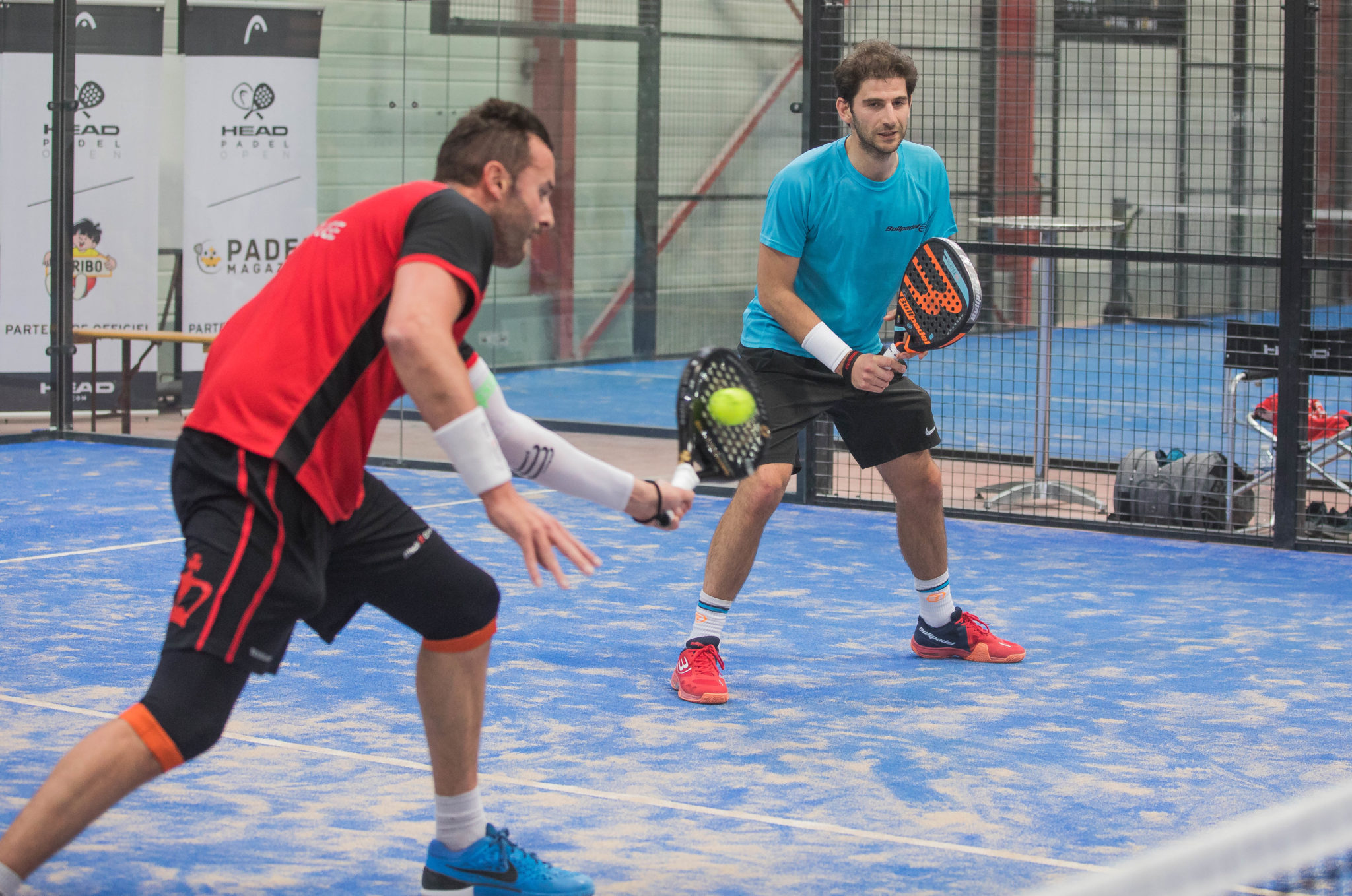
- Communication is very important
Since both players can take the balls in the center, it will be necessary to communicate to know which of the two players will have to take this or that ball. Vital element for the pair to perform.
- Know the effects of the left-handed
Knowing the qualities of a left-hander can give the left-hander a better understanding of what to do in order to get more points. For example, he knows that if his left-handed partner performs bandeja crossed, the opponent will have a hard time defending, so he can anticipate, and get very close to the net to complete the point quickly.
- Regularity
The first parts will be complicated. Indeed, there will be situations where both players can have the ball, and neither of them takes it or both go at the same time, because of the uncertainty. This will be corrected gradually more you play with a southpaw.
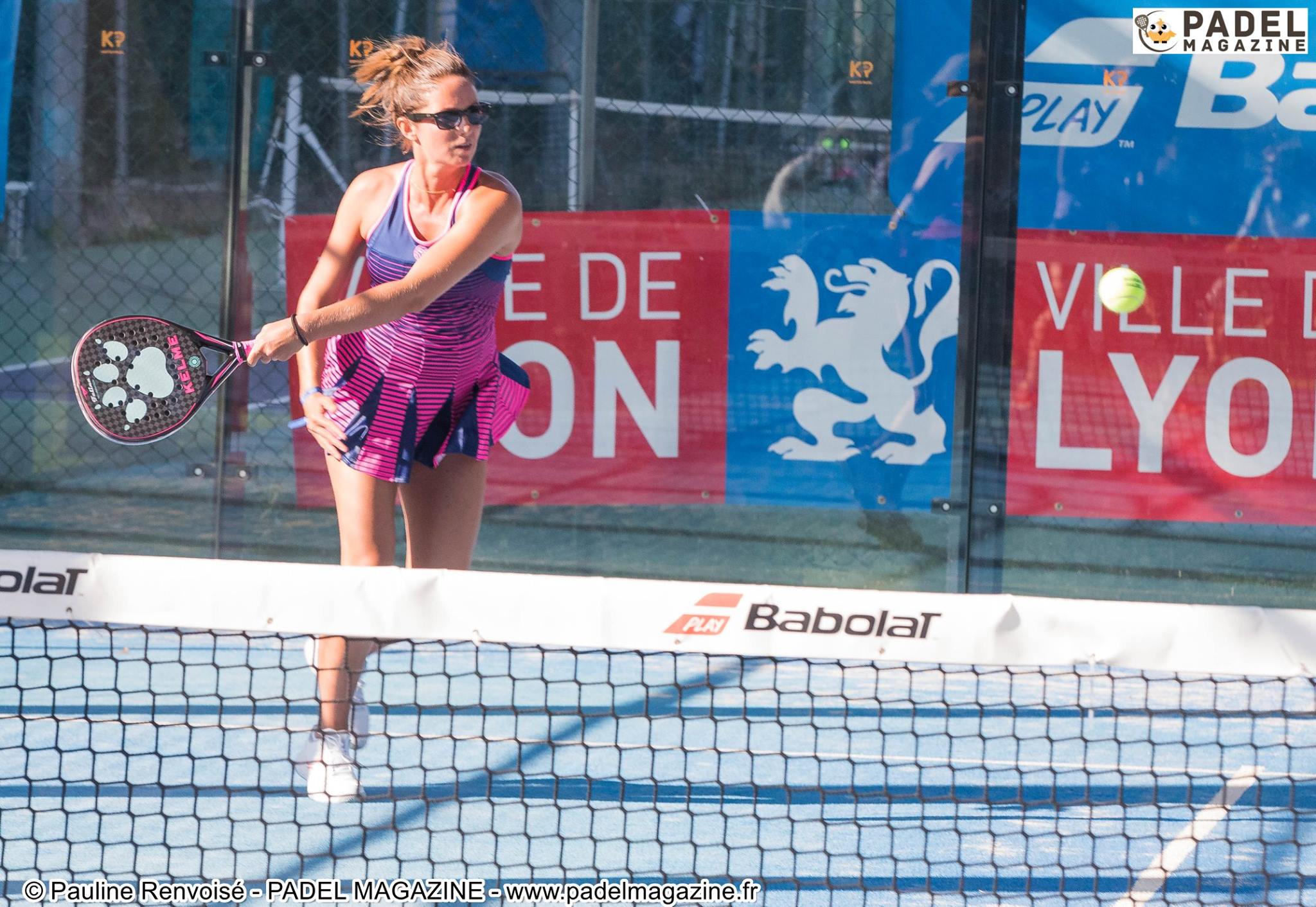
The qualities of a southpaw
- A parallel volley: one of the main characteristics of a left-hander is being able to easily play parallel volleys on the windows at the back, and on the side window.
- A crossed smash in par 3: the ball will come out more easily in par 3 with a left-hander thanks to the topspin effect like a right-hander on the left.
- A bandeja efficient: one of the strengths of the left-hander is to achieve this stroke, which returns more easily along the grid, and which are more difficult to defend by the opponents especially if they are not used to these effects.
The fact of playing with a left-hander can give you advantages in certain cases, thanks in particular to the complementarity between the two types of play. World Padel Tour, Fernando Belasteguin was world number 16 for 1 years, almost always having a left-handed partner, Juan Martin Diaz for a long time, and more recently Pablo Lima.
Alexis Dutour is passionate about padel. With his training in communication and marketing, he puts his skills at the service of padel to offer us articles that are always very interesting.



































































































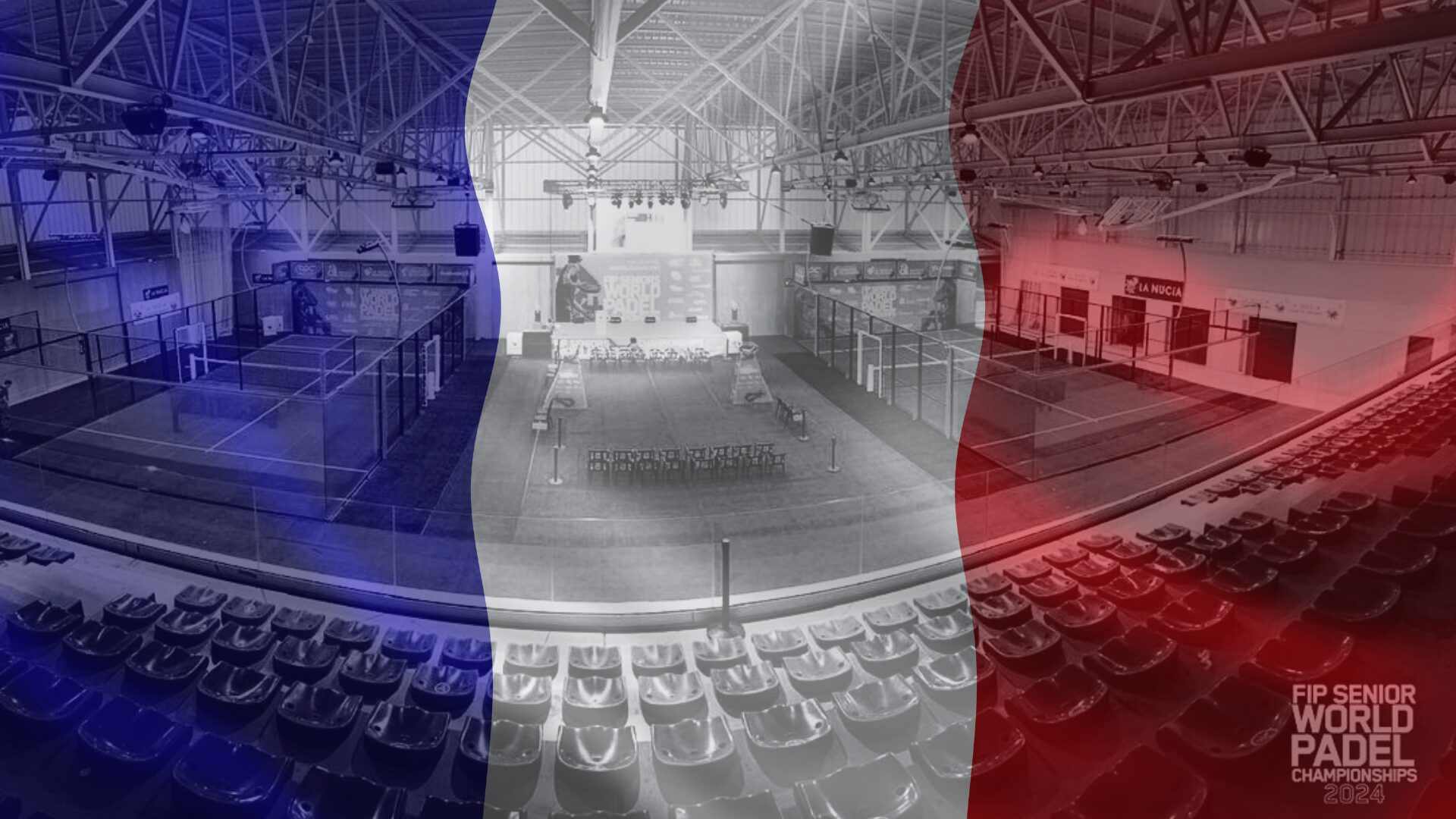 World Seniors Plus 2024 Open (M): four French pairs in the semi-finals, and the psychological advantage gained against the Italians!
World Seniors Plus 2024 Open (M): four French pairs in the semi-finals, and the psychological advantage gained against the Italians! World Seniors Plus 2024 – The French women’s team in the final four!
World Seniors Plus 2024 – The French women’s team in the final four! How to effectively test a racket padel ?
How to effectively test a racket padel ?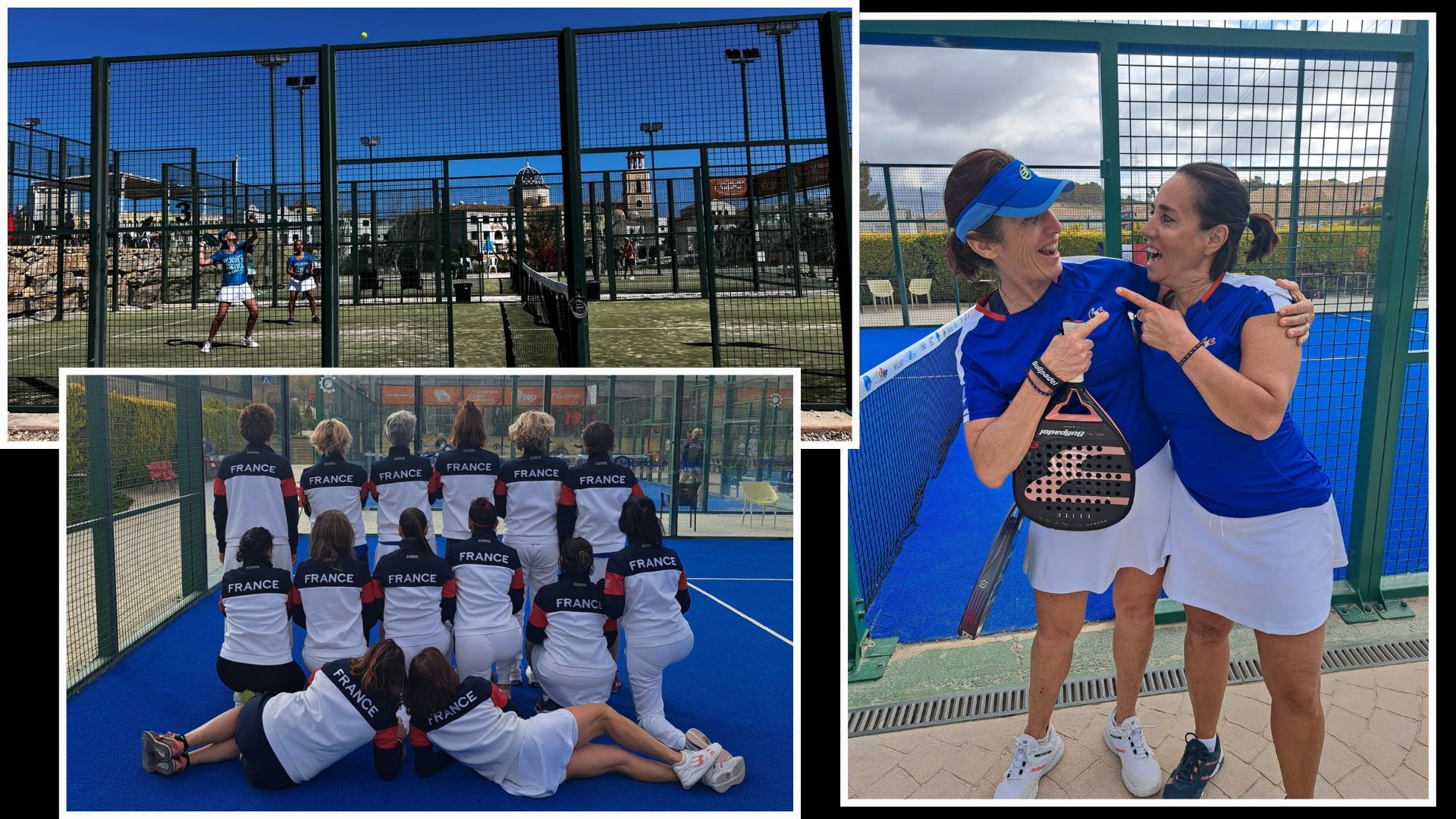 World Seniors Plus 2024 Open (F): heading to the quarter-finals for five French pairs!
World Seniors Plus 2024 Open (F): heading to the quarter-finals for five French pairs!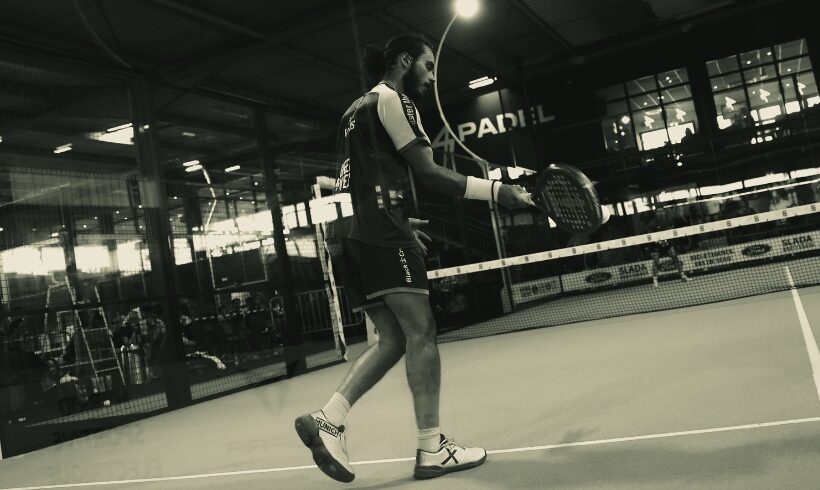 Manuel Vives: “It’s extremely difficult to get by financially”
Manuel Vives: “It’s extremely difficult to get by financially” And 4 for Frederick and Mehdy with network 4Padel !
And 4 for Frederick and Mehdy with network 4Padel !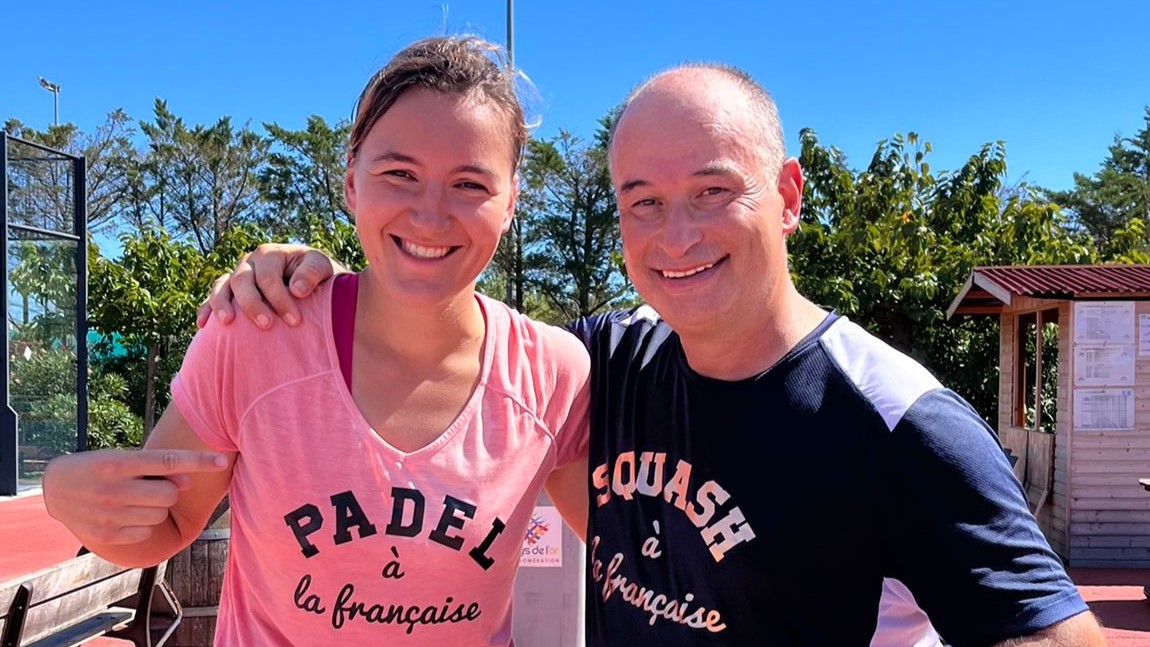 Benoît Letourneau (GM Squash & Padel): “Have a hundred young people in multi-snowshoes within three years”
Benoît Letourneau (GM Squash & Padel): “Have a hundred young people in multi-snowshoes within three years”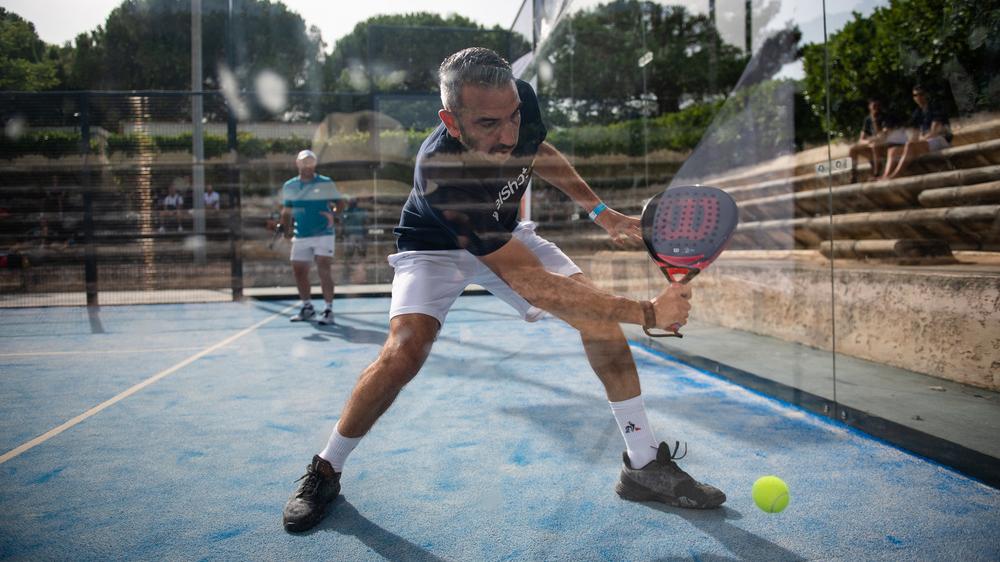 World Senior Plus – Simon Boissé: “Be in the first five places”
World Senior Plus – Simon Boissé: “Be in the first five places”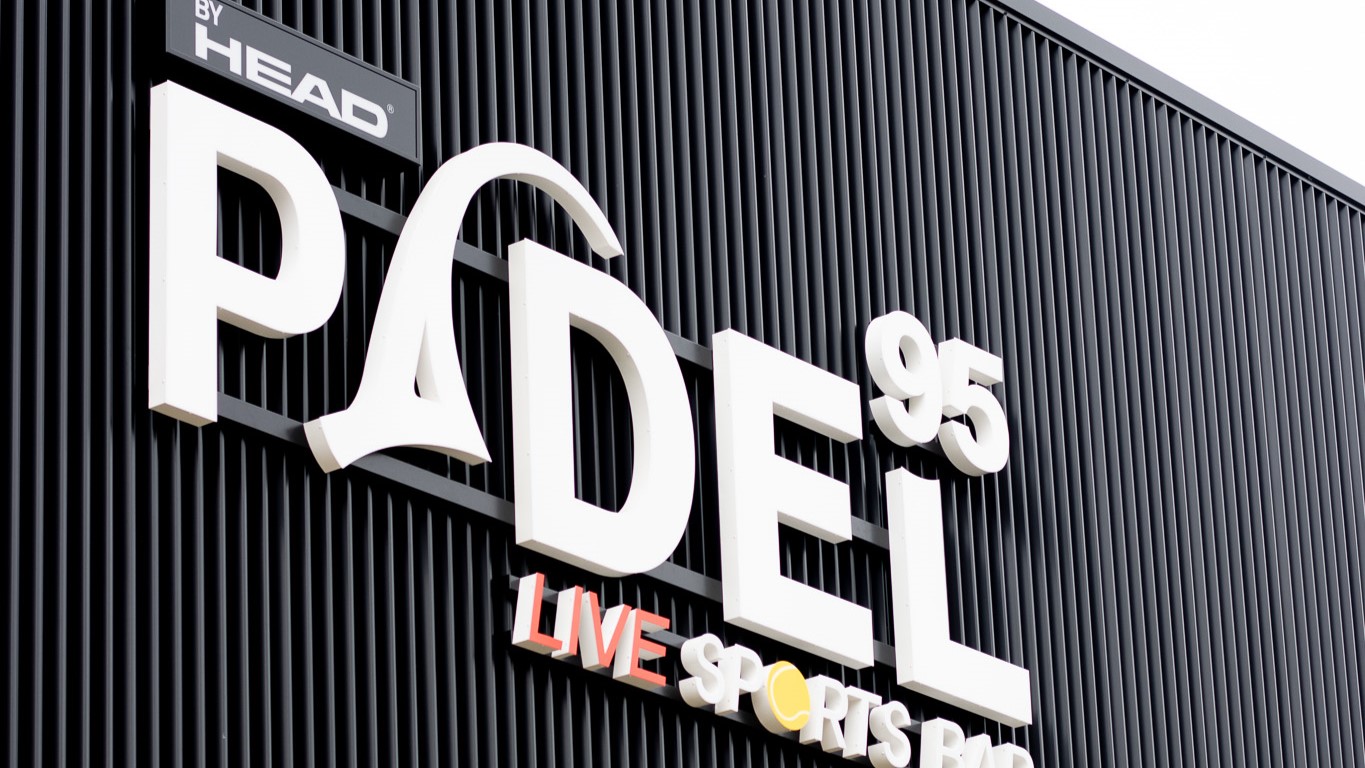 Padel 95: a brand new complex in Pontoise!
Padel 95: a brand new complex in Pontoise!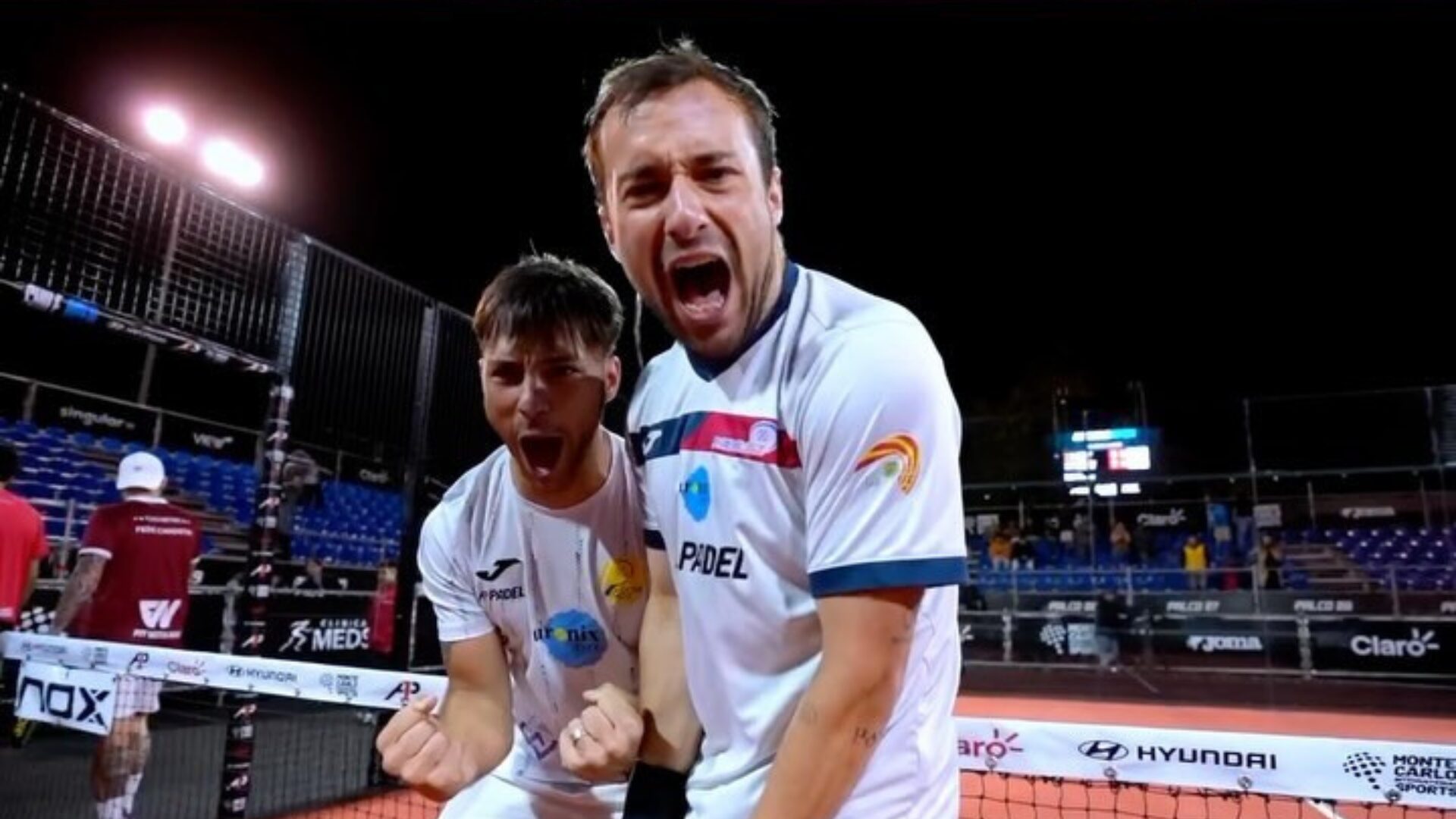 A1 Padel Chile Open – Chiostri and Sanchez eliminated, the eighths start strong!
A1 Padel Chile Open – Chiostri and Sanchez eliminated, the eighths start strong! Play at padel on his yacht? Possible for €233.000!
Play at padel on his yacht? Possible for €233.000! TOP Padel : “A premium club with 10 slopes in Toulouse”
TOP Padel : “A premium club with 10 slopes in Toulouse” The padel of the Barrière Country Club are born in La Baule
The padel of the Barrière Country Club are born in La Baule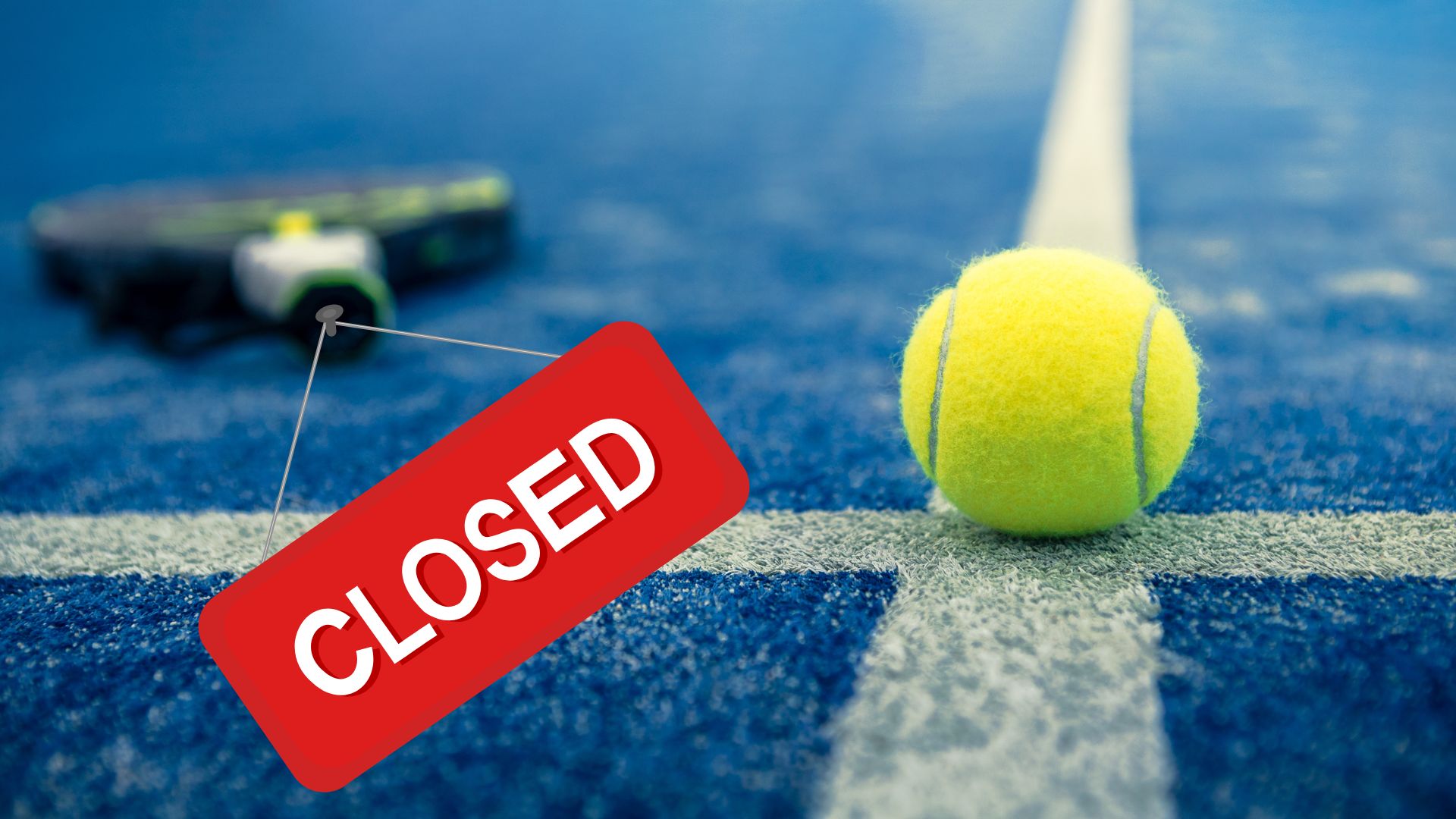 Why clubs padel do they close?
Why clubs padel do they close?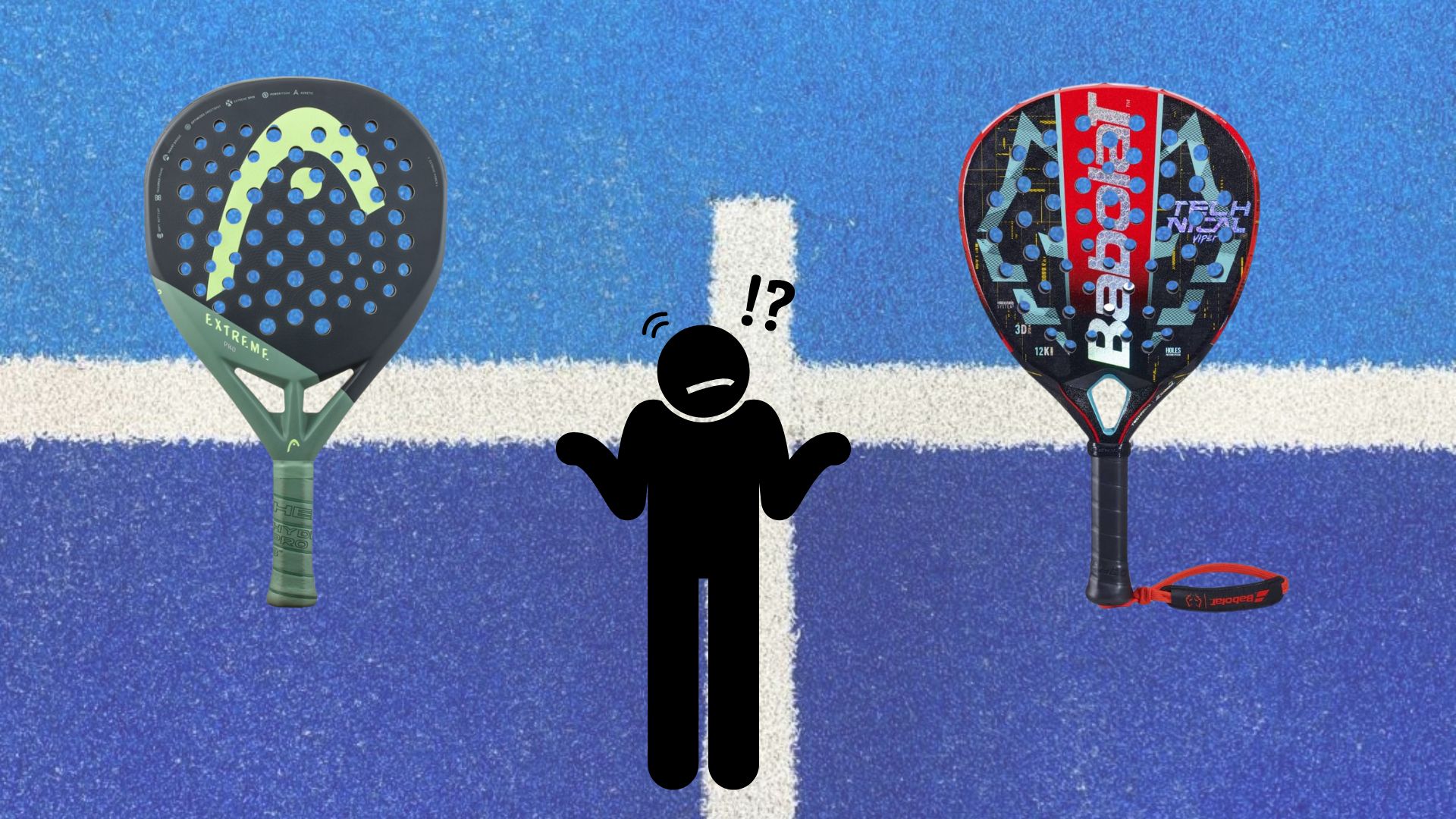 Which high-end racket to choose in 2024?
Which high-end racket to choose in 2024? At the heart of padel – Episode 24: Paul Daulan shares the evolution of his bandeja
At the heart of padel – Episode 24: Paul Daulan shares the evolution of his bandeja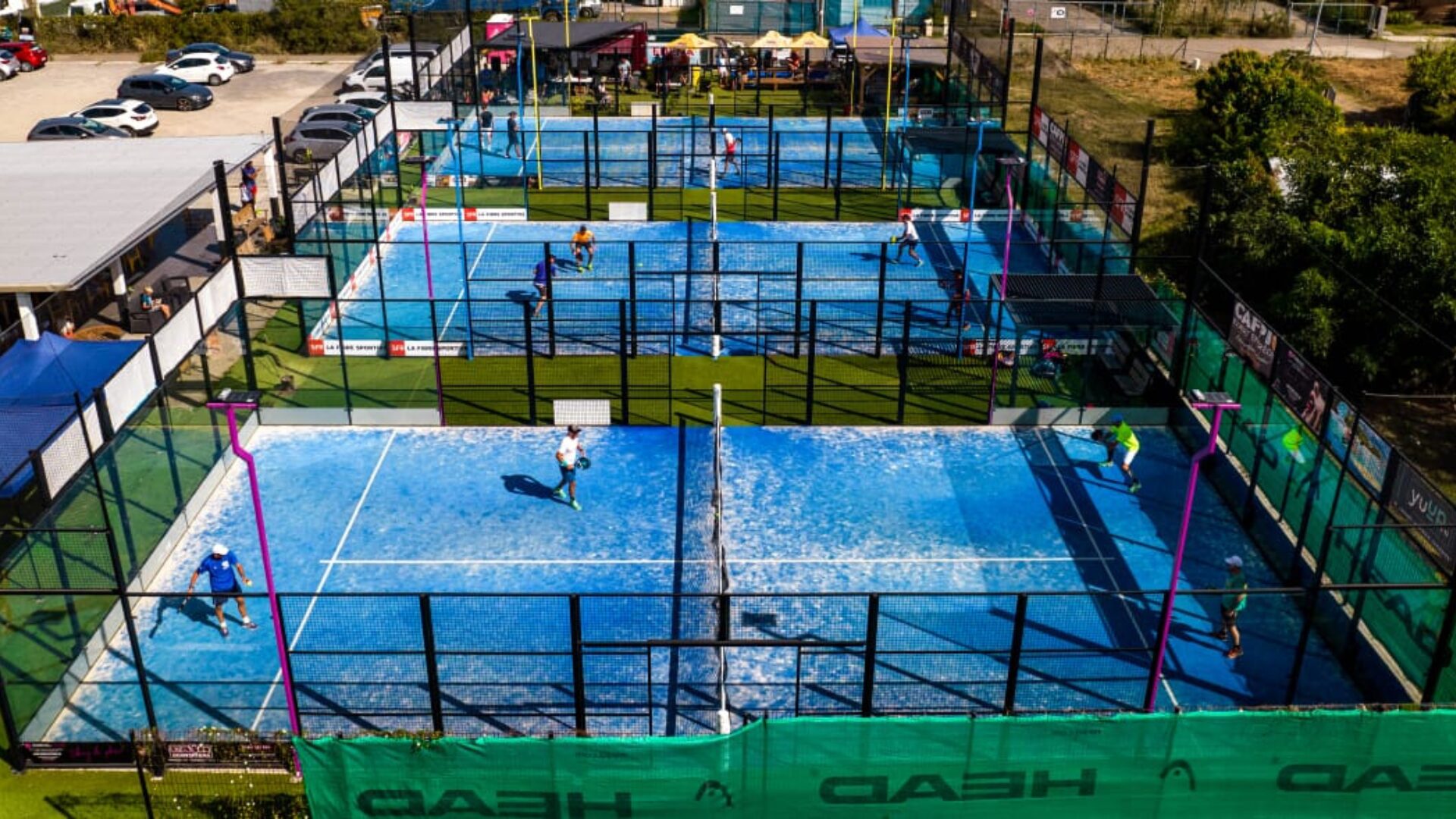 Why choose a track padel new?
Why choose a track padel new? At the heart of padel – Episode 23: defend the window well
At the heart of padel – Episode 23: defend the window well Prohibition on playing topless Padel : the reasons
Prohibition on playing topless Padel : the reasons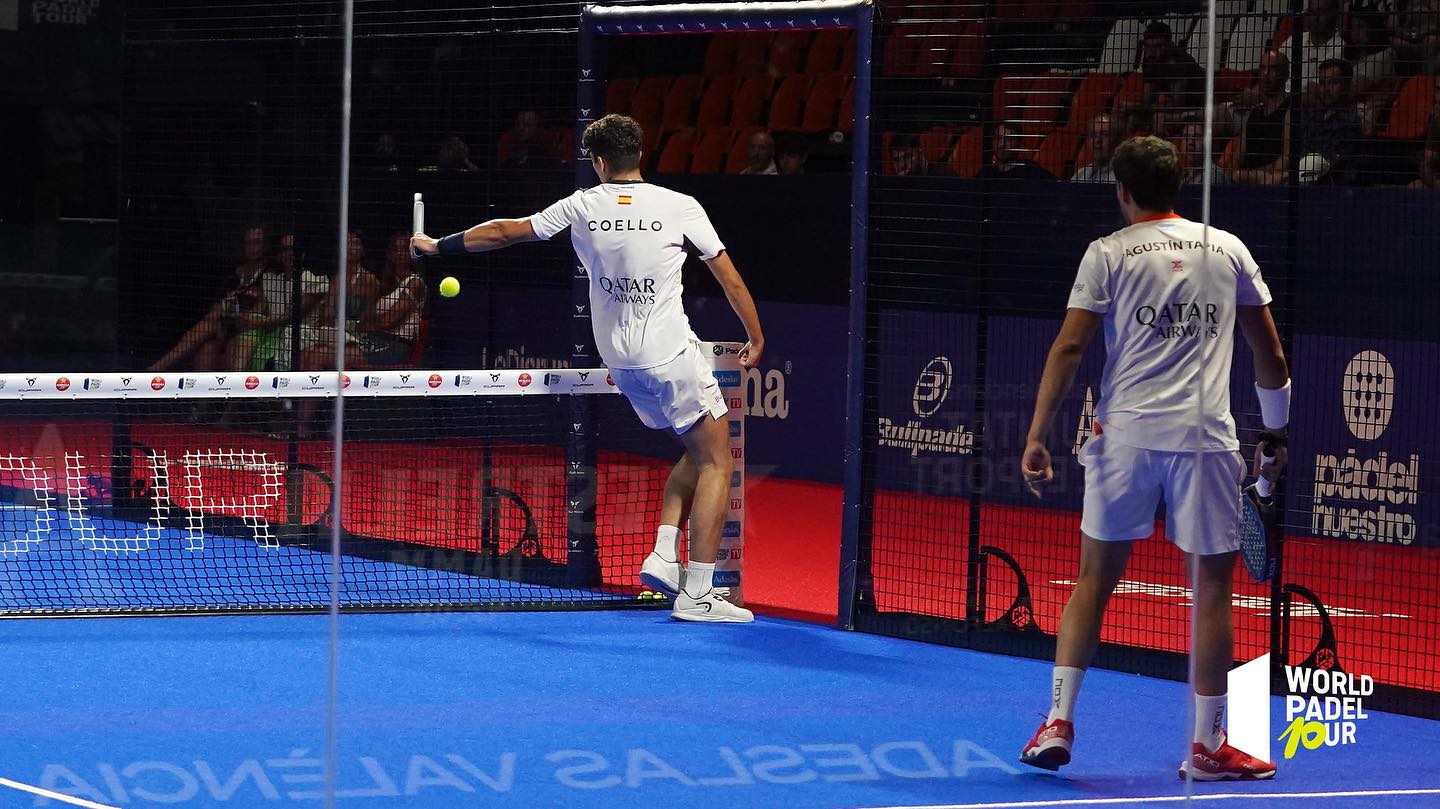 What is the difference between a dormilona, a dejada and a cushioned puerta?
What is the difference between a dormilona, a dejada and a cushioned puerta? FIP Tour – Going far from Europe, THE strategy to earn points!
FIP Tour – Going far from Europe, THE strategy to earn points! What is a good football player? padel ?
What is a good football player? padel ? “Lefties give me headaches when I play against them!”
“Lefties give me headaches when I play against them!” At the heart of padel – Episode 14: how to earn points in winter?
At the heart of padel – Episode 14: how to earn points in winter?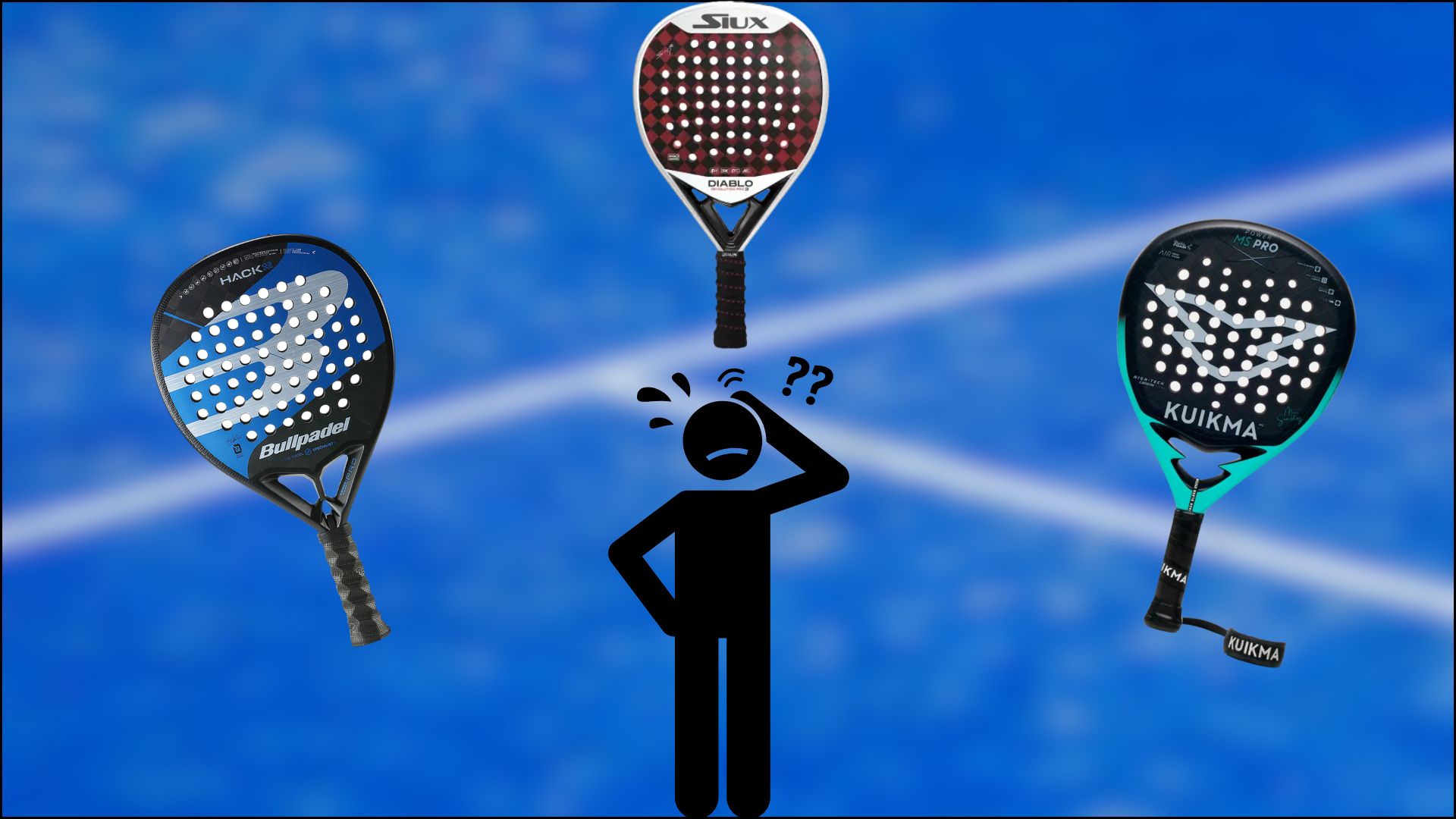 Choose your racquet padel in 3 steps
Choose your racquet padel in 3 steps La padel to fight Parkinson's disease
La padel to fight Parkinson's disease Don't play with a cracked or broken racket, your body will thank you!
Don't play with a cracked or broken racket, your body will thank you! Michel Cymes: “The padel, physically, it’s serious!”
Michel Cymes: “The padel, physically, it’s serious!” Jeremy Gala: “Promote the padel among young people in Belgium remains a challenge”
Jeremy Gala: “Promote the padel among young people in Belgium remains a challenge” The French Touch Academy organizes its selection day Padel-Study
The French Touch Academy organizes its selection day Padel-Study Report on the detection and training of younger generations
Report on the detection and training of younger generations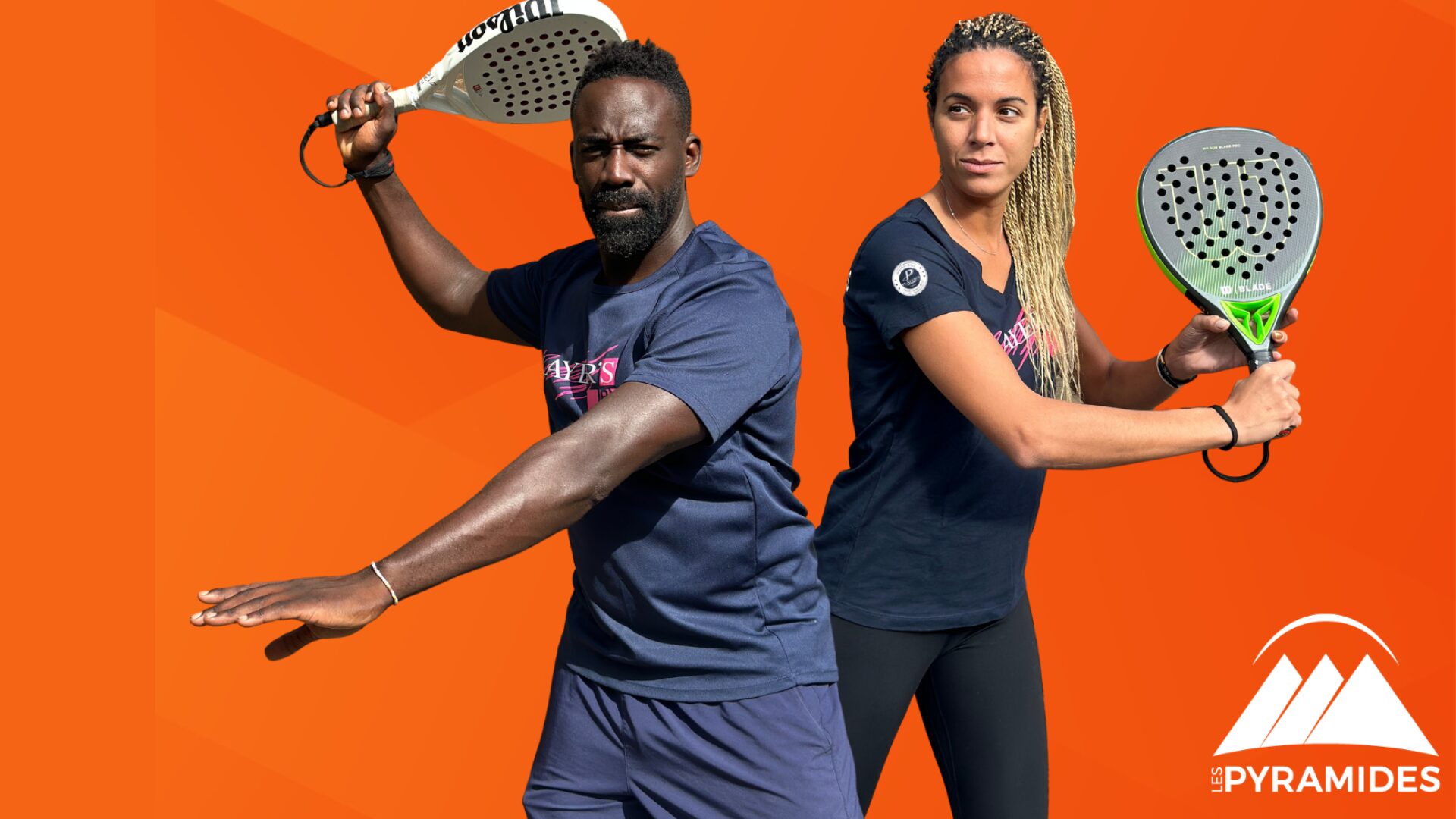 Player's adult courses from April 8 to 21, 2024!
Player's adult courses from April 8 to 21, 2024!
please tell all the left handed players in padel